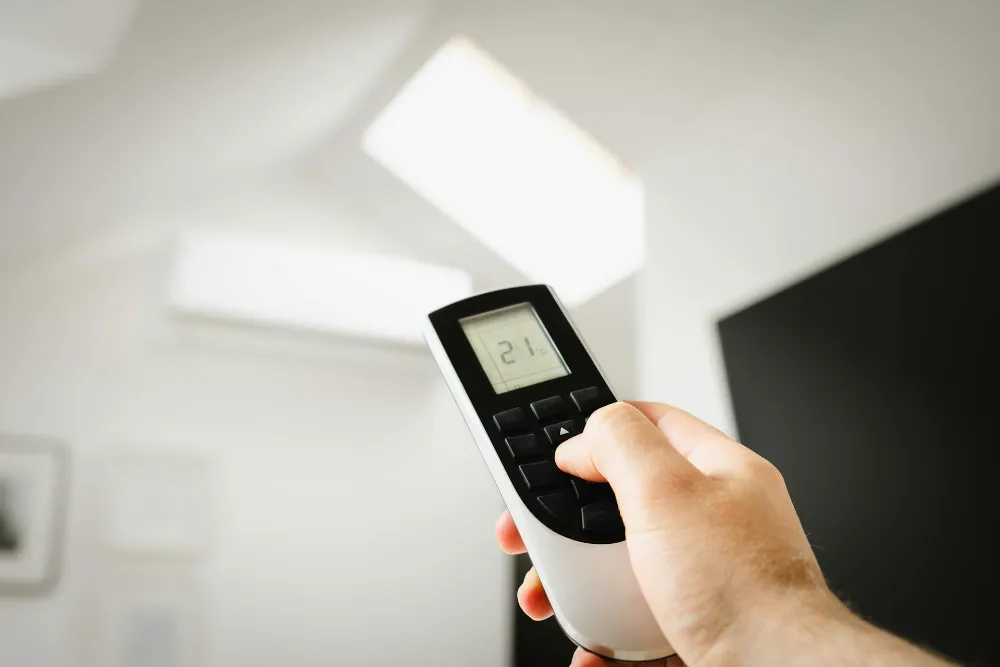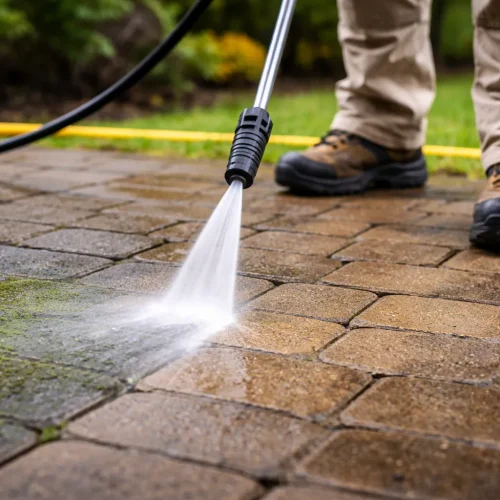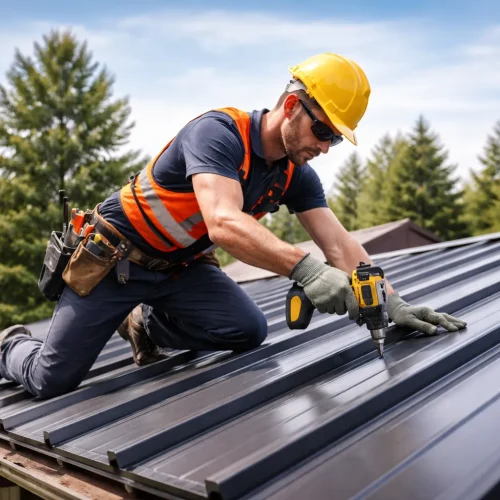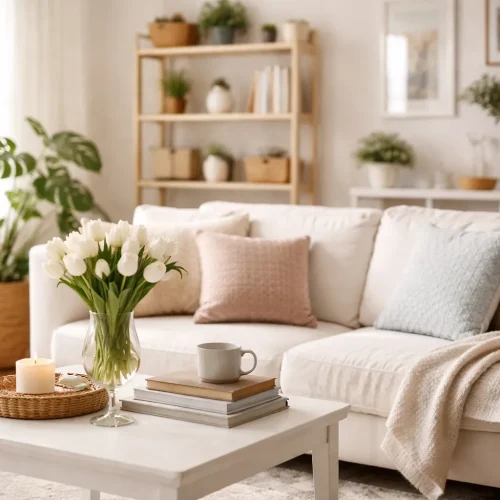
Indoor comfort is something every homeowner values. Most people spend long hours inside their homes, so the quality of the living environment matters a lot. When a space feels too hot, too cold, or stuffy, it affects both comfort and health. That’s where HVAC systems play a vital role.
Heating, ventilation, and air conditioning work together to keep temperatures steady, balance airflow, and support good air quality. A home with a dependable HVAC system feels inviting in every season. It creates an environment where families can relax without worrying about constant temperature swings or poor air circulation.
Comfort at home doesn’t come down to just furniture or décor. The performance of the HVAC system is just as important. When it’s running smoothly, daily life feels easier. When it’s neglected, problems show up quickly and make the home less enjoyable.
Temperature Control and Daily Comfort
One of the biggest contributions HVAC systems make is regulating indoor temperature. In the summer, they keep spaces cool when outdoor heat climbs. In the winter, they provide warmth when freezing conditions arrive. Having this balance creates a more stable and enjoyable home.
When HVAC systems fall behind, you start to notice uneven comfort. Some rooms may feel cooler than others, or the air may stop circulating properly. This unevenness can make daily life frustrating. A system that works as it should keeps the entire home at a comfortable level without constant adjustments.
Regular air conditioner maintenance plays a major role in keeping indoor comfort steady, as it prevents breakdowns and helps cooling systems run more efficiently during hot months. When equipment is clean and serviced, it’s able to perform the way it was designed to. This reliability is what gives homeowners confidence that their living space will feel consistent no matter the weather outside.
Temperature control is one of the first things people think about when it comes to comfort. A well-cared-for HVAC system provides that balance, while neglect can lead to costly repairs and less enjoyable living conditions.
Indoor Air Quality and Health
Comfort isn’t just about the temperature of the air — it’s also about how clean that air feels. HVAC systems filter out dust, pollen, and other particles that float around indoors. For people with allergies or breathing issues, this filtration makes a big difference.
When filters are dirty or ventilation is blocked, indoor air quality drops. You might notice more dust on surfaces, lingering odors, or a heavier feel in the air. Over time, poor air quality can affect sleep, energy levels, and overall health.
Keeping the air clean helps every person in the household feel better. Replacing filters often, scheduling regular system checks, and making sure ducts stay clear all contribute to fresher air. These steps also support comfort, since clean air is easier to breathe and creates a healthier environment overall.
Humidity Control for a Balanced Environment
Another important part of comfort is humidity control. Air that’s too damp can create mold, mildew, and a sticky feeling indoors. On the other hand, air that’s too dry can cause skin irritation, scratchy throats, and static buildup. Neither extreme feels good to live in.
HVAC systems help strike the right balance by regulating moisture levels. When they work correctly, they prevent the excess humidity that damages furniture and reduce the dryness that makes the air uncomfortable. Balanced humidity also supports health, since bacteria and allergens thrive less in stable environments.
For homeowners, this balance means fewer problems and a space that feels more pleasant every day. It’s a detail that often goes unnoticed until it becomes a problem, but it plays a big role in overall comfort.
Energy Efficiency and Comfort Costs
Comfort at home is tied to how much it costs to maintain. If an HVAC system struggles to keep up, it uses more energy, and utility bills climb higher each month. This puts added pressure on homeowners while making indoor comfort less consistent.
Efficient systems deliver steady performance without wasting power. They heat and cool the home at a balanced pace, keeping rooms at the right temperature without running nonstop. When equipment runs more smoothly, it helps create a quieter, more pleasant environment while cutting down on extra costs.
Simple steps support efficiency. Replacing filters, sealing leaks in ductwork, and upgrading outdated parts all make a difference. Over time, these improvements help homeowners enjoy both lower bills and better comfort, proving that energy savings and quality of life go hand in hand.
The Role of Regular System Checks
Every HVAC system benefits from regular attention. Routine checks catch small issues before they turn into bigger problems. When parts are cleaned and inspected, airflow stays strong, and the equipment lasts longer.
Filters should be replaced on a regular schedule, and ducts should be checked for buildup that blocks circulation. Professional inspections help spot problems with motors, fans, or electrical components before they disrupt comfort. A home with a system that runs smoothly feels more reliable day after day.
Ignoring upkeep can shorten the lifespan of the system and lead to unexpected breakdowns. On the other hand, steady care keeps performance strong and gives homeowners a dependable source of comfort year-round.
Technology and Smart Comfort Solutions
Technology is changing how people manage indoor comfort. Smart thermostats allow homeowners to adjust temperatures from their phones, set schedules, and even learn habits over time. This flexibility reduces wasted energy and keeps living spaces more consistent.
Zoned HVAC systems are another helpful upgrade. They let families control the temperature in different parts of the house separately. This prevents hot or cold spots and makes the home feel more balanced overall.
These modern tools give people more control over comfort while adding convenience. They also support energy savings, which ties back to keeping costs down and creating a better daily living experience.
HVAC systems influence nearly every aspect of indoor comfort. They regulate temperature, filter air, balance humidity, and keep costs under control. When systems are cared for, they provide stability that makes a home feel welcoming and reliable.
Comfort at home doesn’t happen by chance. It comes from paying attention to how the system runs and making steady improvements over time. Small steps like filter changes, professional inspections, and smarter technology go a long way in creating an environment that feels good to live in.
By focusing on both performance and upkeep, homeowners can enjoy a healthier, more balanced living space. Indoor comfort becomes something they can count on throughout the year, no matter the season outside.












